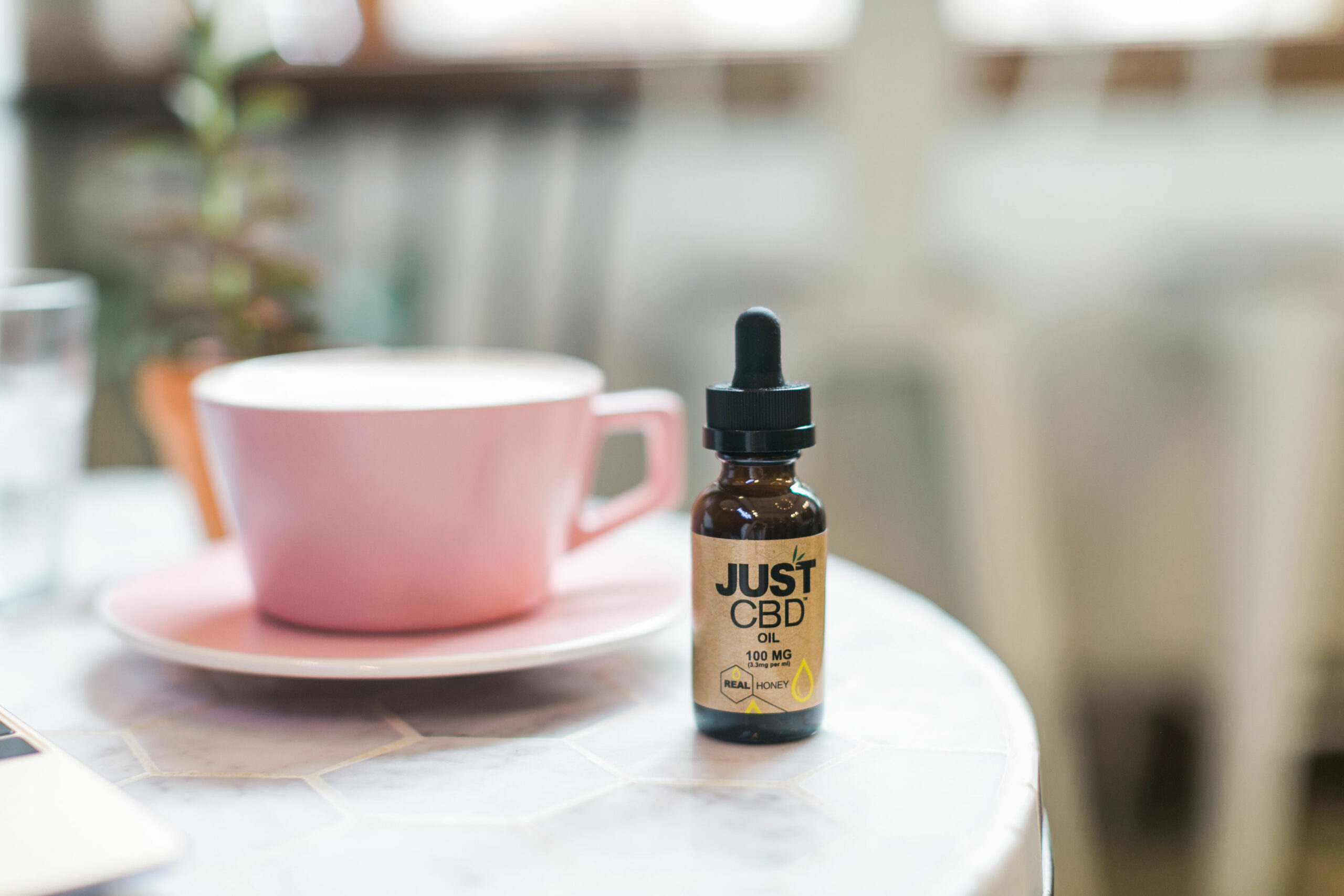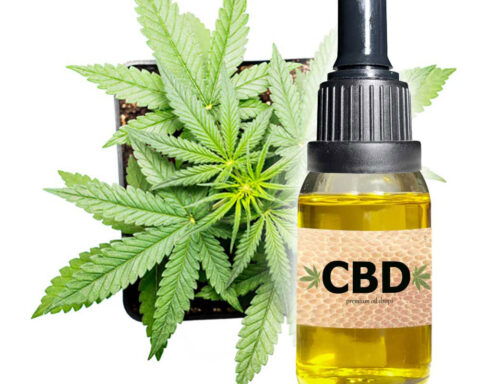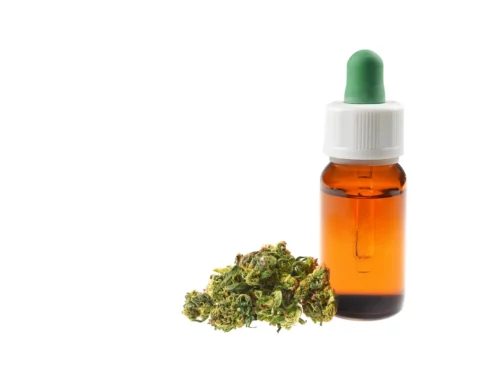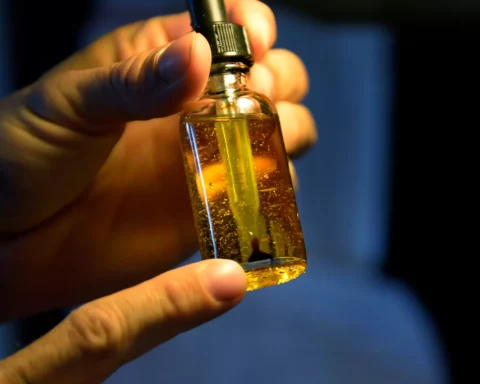For more than 2,700 years, people have been using cannabis plants and their derivatives to handle different challenges, including inflammation, headaches, pain and illnesses. Even so, there has never been enough scientific evidence to prove that the cannabis derivatives are effective for what they are used for, but only anecdotal evidence and early research of people who claim to have found a remedy in the derivatives. In 2018, the Farm Bill was passed in the USA, making it legal to grow industrial hemp, a type of cannabis plant, to produce CBD oil with less than 0.3% THC. Since then, CBD oil has picked up in haze, and its products are sold in stores and shops in the USA. CBD oil drops are among CBD products apart from edible, capsules, vapes, hemp pre-rolls, buds, isolates, and more, and this article helps to understand everything one needs to know about CBD oil drops.
What are CBD Oil Drops?
CBD is a chemical compound from the hemp plant and one of the 80 or more active compounds in cannabis plants. While CBD oil can be extracted from the marijuana or hemp plant, the federally legal CBD oil comes from the hemp plant and has not more than 0.3% THC. As such, it is not linked to the ‘high’ effects of THC known to change people’s psychoactive properties. Some USA states have decriminalized medical and recreational marijuana, and it’s no wonder that you can come across CBD oil derived from the marijuana plant and has more than 0.3%. Still, the Farm Bill considers exclusively hemp-derived CBD with less than 0.3% THC legal.
CBD oil drops are tiny doses of CBD oil, usually in eye-droppers that come with CBD oil bottles. When taking CBD oil and oil tinctures, one takes the dosages in the form of drops. Unlike capsules with discreet dosages, CBD oil drops are continuous in nature. CBD gummies, lozenges, and mints are also discreet, unlike CBD oil drops measured continuously.
How Much CBD Oil is There in a CBD Oil Drop?
Since CBD oils and oil tinctures are taken in drops, you likely want to know the typical amount of CBD in an oil drop. One has to do some math to know how much CBD oil he is taking in a drop. Most drops are 0.5 ml to 1 ml, depending on the size of the dropper. Note that this does not refer to the total CBD oil in a full dropper, which is far more than 1 ml.
After knowing the typical volume of a drop of CBD oil, the next step is examining the number of serving versus the concentration of CBD oil in the bottle. Assume that a 30 ml CBD oil tincture has a 2500 mg CBD and do some math to know how many servings there are in the oil. One serving will be 30 ml divided by 0.5 ml of every serving, resulting in 60 servings. Yet, the total CBD concentration in the oil is 2500 mg. To know the total amount of CBD oil in a drop, the 2500 mg total CBD is divided by the 60 servings, resulting in 41.67 mg per serving.
The amount of CBD oil per drop differs widely, depending on the total CBD concentration, the volume of the bottle, and the size of the dropper. The 41.67 mg per serving is within the bracket for the CBD oil taken by many people, including novice enthusiasts. Nonetheless, the FDA has not approved CBD oil for most of the benefits related to it, so there is no recommended dosage for CBD oil. As such, speaking to a doctor before trying CBD drops will help you know how many CBD drops you need to take.
How Many CBD Oil Drops Should You Take?
For the most part, talking to a doctor helps to know how much CBD oil one needs and the number of drops to take. Still, calculate the number of drops to be taken by doing some math. In the case of a 40 ml bottle with 1000 mg CBD and 0.5 ml per drop, a typical drop translates to 12.5 mg CBD oil. In that case, if your target is 25 mg CBD per serving, you will need two drops. However, if you want 50 mg per serving, you will take 4 drops.
What to Consider When Buying CBD Oils for Drops
CBD oils and tinctures are among the most popular forms of CBD oil, which CBD oil enthusiasts can take in drops from time to time. Consequently, knowing factors to consider when buying CBD oil helps to increase the chances of landing quality products. However, CBD production is not regulated by the FDA, and there is every possibility of landing low-quality products. Nonetheless, the following factors indicate quality in oil drops;
Extraction method
CO2 extraction is the gold standard in the cannabis industry because it does not unnecessarily attach solvents to the extracts.
Cannabinoid profile
Although full-spectrum CBD oil is hyped for the full entourage effect, avoid it if you don’t want a taste of the psychoactive THC.
Ingredients
Reputable brands use all-natural ingredients to manufacture their products and keep them as few as possible.
Packaging
Amber and brown-colored bottles store CBD oil better since they prevent light decomposition.
3rd party testing
Ultimately, third-party tests confirm all other important factors and show the oil’s purity, potency, ingredients, and potency accuracy.
Conclusion
CBD oil drops are the most popular way CBD oils and tinctures are administered. Doing some math helps to know how much CBD oil there is in a drop and how many drops to take, depending on an individual’s target per serving. Still, consulting a doctor for dosage instructions in CBD drops is the best way to go since the FDA does not regulate CBD oil production, and there is no recommended dosage.
- Is Mushroom Coffee Worth the Hype? An Expert’s Take - April 19, 2024
- Missionary Position – Least Likely To Bring You To Climax - April 7, 2023
- Vibrators could put you in Jail - March 31, 2023









